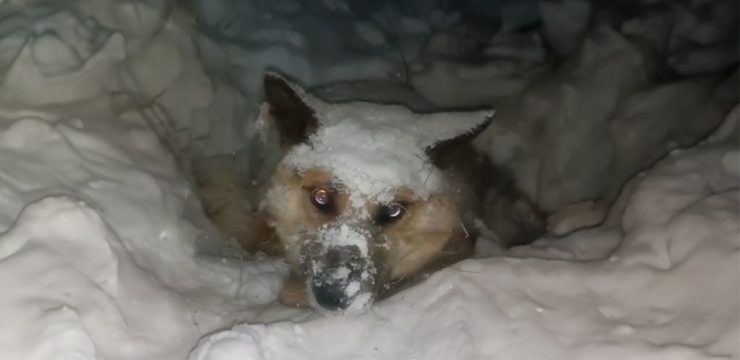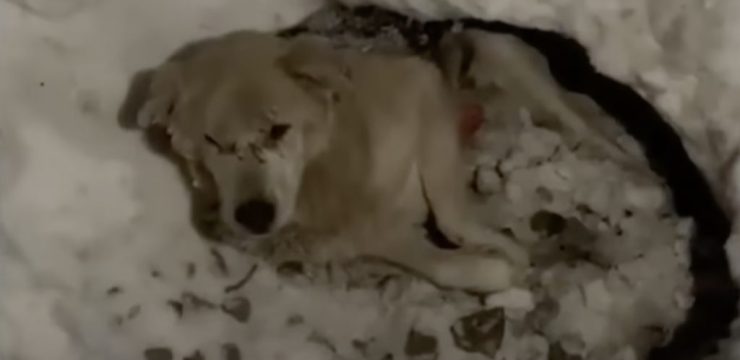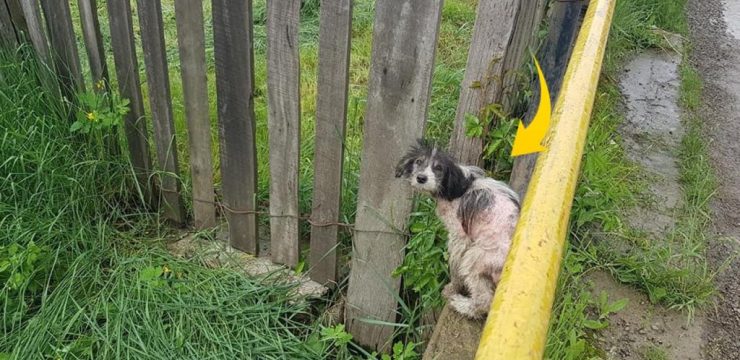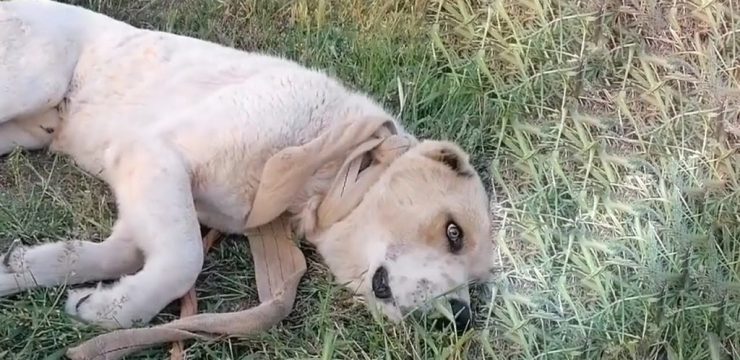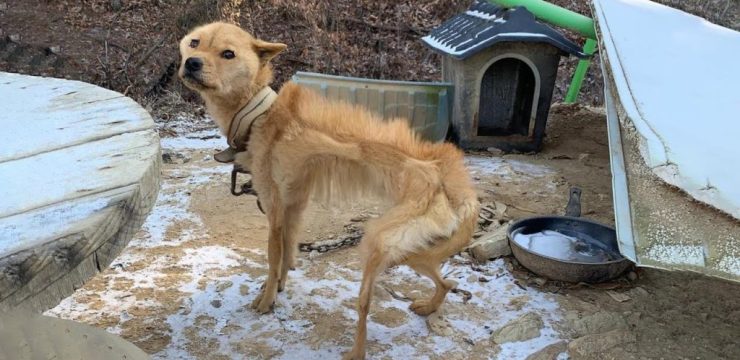It started as an ordinary workday—routine, predictable, and calm. The team of engineers had been out for hours, performing a standard inspection on one of the city’s older bridges. The morning sun glimmered off the steel beams, and the soft hum of traffic above mixed with the steady rhythm of their work below. But in an instant, that quiet order shattered. A deep, unsettling rumble rose from beneath them, followed by a sharp, echoing crack that split the air. Before anyone could react, a massive section of the bridge gave way. Concrete and metal crashed down just inches from where the workers stood. Dust and debris swirled around them as fear and confusion spread like wildfire.

For a few seconds, no one could speak. The ground beneath their boots trembled. One worker shouted for help while another scrambled to pull a colleague to safety. When the dust finally settled, what remained was both a miracle and a warning. No one had been killed, but the near disaster left everyone shaken—and deeply aware of how fragile stability can be.
Witnesses described the collapse in fragments. Some said they heard a low, eerie groan from the bridge moments before it fell, like a cry for help from the steel itself. Others insisted there had been no warning at all—just a sudden, violent drop. Surveillance cameras captured the moment from a distance, the footage now circulating widely as a grim reminder of how fast the ordinary can become extraordinary.
In the hours that followed, investigators combed through the debris, searching for answers. The bridge had shown minor wear before—tiny cracks, small patches of rust—nothing that seemed life-threatening. But beneath the surface, hidden forces had been at work for years. Water, time, and vibration had slowly eaten away at the structure’s core. What looked safe from the outside was crumbling within.
That image—of something solid suddenly collapsing from the inside—stayed with me long after reading the report. It reminded me of something from a completely different part of life, something far gentler but equally revealing.
When I was a child growing up by the ocean, the beach was my world. Mornings meant wet sand between my toes, afternoons were for chasing waves, and evenings ended with the salty wind in my hair. It was a place filled with wonder, where the line between mystery and magic blurred. Yet, among all the joyful memories, there was one image that always stood out: a strange formation we used to call the “trumpet worm nest.”
It was half-buried in the sand—rough, hollow, and oddly shaped. At first glance, it didn’t look like anything alive. It seemed more like a fossil, something ancient and forgotten. My friends and I would circle it, daring each other to touch it, laughing and pretending to be scared. But deep down, that curiosity ran alongside a quiet sense of unease. What was it? Was it dangerous? Why did it feel both familiar and foreign?
For years, I carried that small mystery in the back of my mind, until one day, as an adult, I learned what it really was. That strange, coarse formation was created by a marine worm—a small creature that builds protective tubes in the sand to survive the changing tides. What we once feared as children was, in truth, part of an extraordinary natural process. Something delicate, purposeful, and entirely harmless.
That realization reshaped how I looked at the world. It taught me that fear often fills the space where knowledge is missing. What we don’t understand, we tend to avoid or misinterpret. But the moment we look closer—with patience and curiosity—those fears lose their power.
In many ways, the story of the collapsing bridge and that of the trumpet worm share the same message. Both reveal the layers hidden beneath what we think we know. One shows us how neglect and time can erode the foundations of something built to last. The other reminds us that nature, even in its smallest forms, operates with quiet wisdom that humans often overlook.
In both stories, there’s a turning point—the moment when the unknown makes itself known. For the bridge inspectors, it came as a terrifying shock, forcing them to see the danger that had been there all along. For me as a child, it came through discovery, transforming fear into fascination.
These experiences—one industrial and tragic, the other natural and enlightening—share a deeper truth: what lies beneath the surface matters. The unseen shapes the seen. Whether it’s the hidden cracks in a bridge or the mysterious forms on a beach, every surface hides a story. The challenge is not just to look, but to see.
Curiosity is the bridge between fear and understanding. When we allow ourselves to explore what we don’t know—without judgment, without panic—we begin to uncover patterns, reasons, and truths that were invisible before. Fear, on the other hand, locks us in place. It tells us to retreat. But curiosity pushes us forward, giving us the courage to examine, learn, and grow.
When I think back to that trembling bridge and the small worm nest, they no longer seem like separate worlds. Both reflect how fragile yet interconnected life truly is. Every structure, every ecosystem, every person carries unseen layers that hold stories of resilience and change.
Maybe that’s the real lesson here: discovery doesn’t always come from grand adventures or spectacular breakthroughs. Sometimes, it comes from paying attention—to a faint sound before a collapse, to a strange shape in the sand, to the quiet signals life sends when something beneath the surface needs to be understood.
In the end, whether we’re facing a sudden disaster or an unfamiliar mystery, what defines us is not the fear we feel but the curiosity we choose to follow. Beneath every crack, every question, and every shadow lies an opportunity to learn—not just about the world around us, but about ourselves.
So when the ground trembles, when something strange stirs your sense of wonder, take a closer look. The real treasure isn’t just in survival or safety—it’s in the courage to explore what lies beneath, to replace fear with fascination, and to turn every mystery into a story of understanding.
